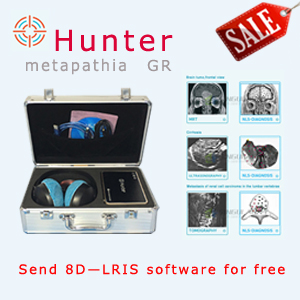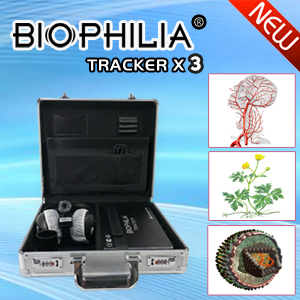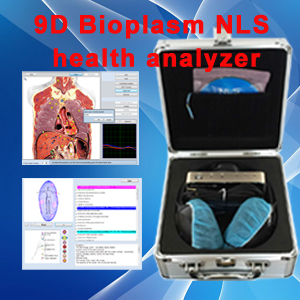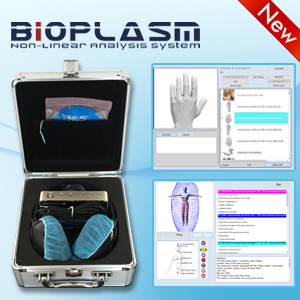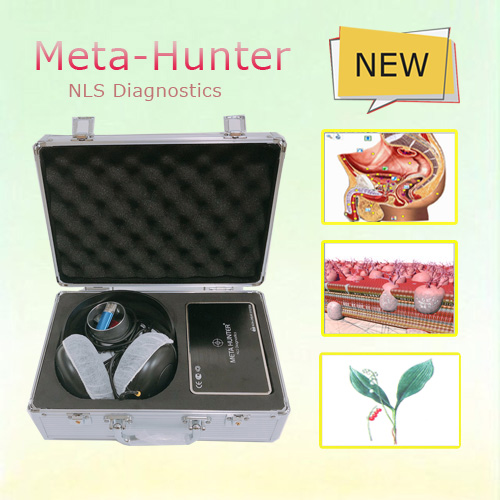NLS-semiotics of pulmonary gangrene
NLS-semiotics of pulmonary gangrene differed by significant diversification of a picture due to spreading of purulent-destructive process to the whole lung with involvement of pleura and, as a result, a combination of various NLS-symptoms. Analysis of NLS-image was carried out taking into account the whole clinical picture. After taking as a basis of classification the leading symptom we nominally singled out three NLS-variants of gangrene. At the first variant (11 patients) in a lung against the background of massive inflammatory infiltration we detected a major cavity of destruction with mainly liquid content, NLS-picture was analogous to gangrenous abscess with insufficient spontaneous drainage. Walls of a cavity were not visualized, it was limited by lung parenchyma, in certain areas the line between them was indistinct.
At the second variant (7 patients) in the picture prevailed total thickening (accompanied by increasing of chromogeneity) of a lobe or the whole lung with presence of multiple roundish achromogenic areas due to lesser air cavities of destruction. In 3 patients, apart from air cavities, there were hyperchromogenic fluid-containing cavities of decay (6 point), in one patient they prevailed in the structure of gangrenous lung. In 8 of 18 patients with first two variants of gangrene a pleural empyema with the typical picture appeared.
The third variant of lung gangrene (4 patients) had a course with development of pyopneumothorax, when a massive pleural fluid with heterogeneous suspension and achromogenic inclusions of air was the leading echo-symptom. Gangrenous changes in a pulmonary tissue were characterized by one of above mentioned variants: a major cavity with purulent content of multiple lesser nidi of destruction.
Thus, NLS-research of thorax is an informative, radiologically safe method of purulent-destructive lungs and pleura diseases diagnostics, allowing to not only acquire additional information, but to carry out primary examination and dynamic monitoring. NLS-semiotics of pathological changes in a lung is diverse and depends, first of all, on focal or diffuse character of lung affection. Analysis of NLS-picture makes possible to define a character and severity a purulent-destructive process in a lung (acute purulent or gangrenous abscess, abscess forming pneumonia, gangrene), its spreading to pleural cavity (empyema, pyopneumothorax). The common factor, which determines NLS-picture of purulent cavity at abscess and abscess forming pneumonia, is a condition of its spontaneous drainage, which is evaluated by quantity and character of distribution of achromogenic air areas in a cavity. The main symptom of pleural empyema is a presence of a thick chromogeneous suspension in pleural fluid; at pyopneumothorax achromogenic air areas appear. NLS-semiotics of gangrene is quite diverse due to the greatest severity of destructive changes and is formed by focal and diffuse changes in a lung, although its clinical course may be characterized by prevalence of one of these variants.
This article is provide from [Bioplasm nls],please indicate the source address reprinted:http://www.bioplasm-nls.com/nls_knowledge/NLS_semiotics_of_pulmonary_gangrene.html


